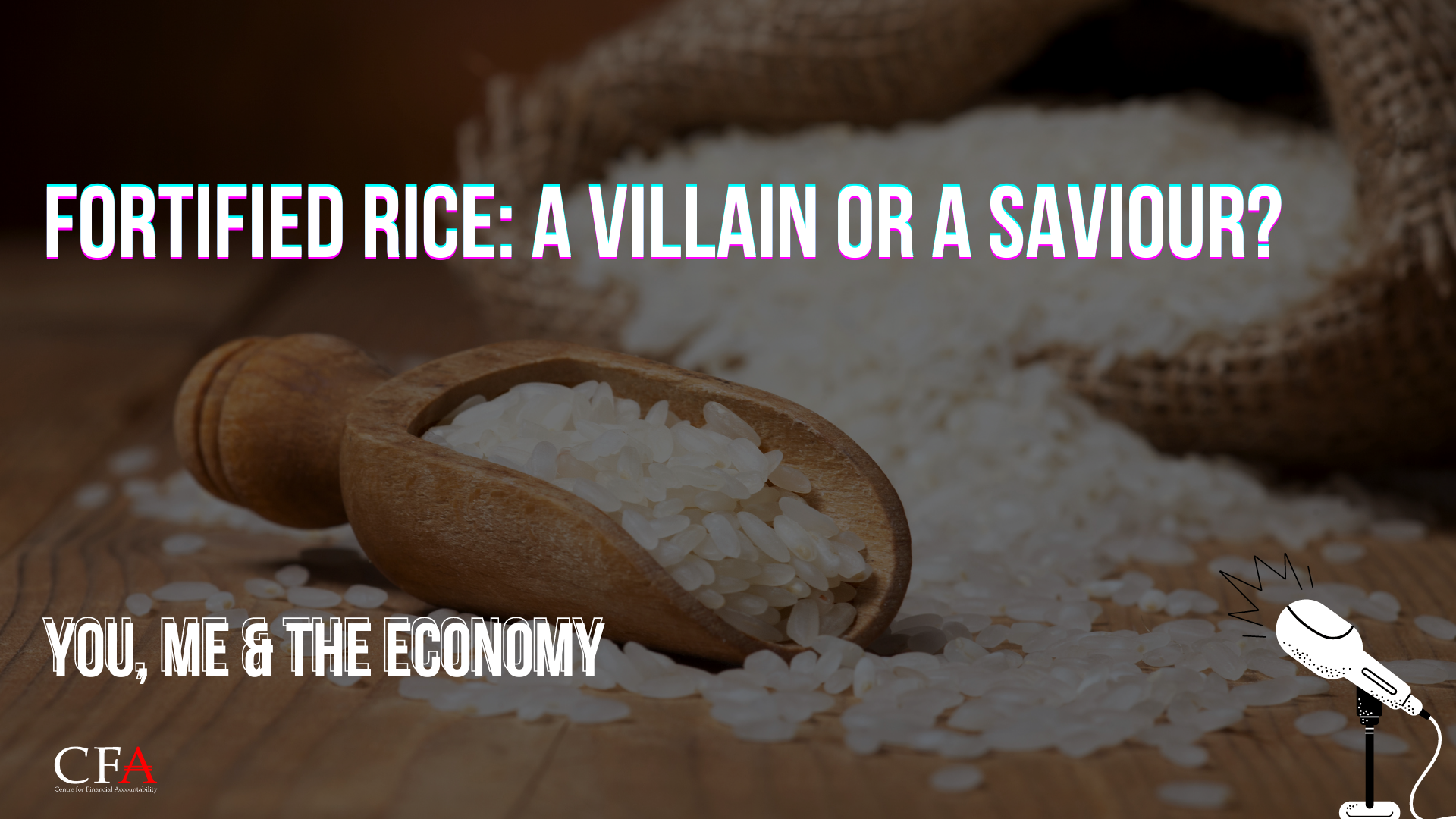India suffers from high rates of malnutrition, especially among women and children. The government claims that the fortification of food can be a sure-shot solution to combat it. As rice is a staple diet across the country, the fortification of rice is being considered to supplement the diet of the poor. For this, basically milled rice is ground to dust and mixed with vitamins and minerals creating rice-shaped kernels. Called Fortified Rice Kernels, these closely resemble rice in aroma, taste and texture. These kernels are then mixed with rice in a ratio of 1:100. In India, the government is fortifying rice with mainly iron, given the iron deficiency in large numbers.
You must have heard the rumours about plastic rice in several places. Last month, these came from Odisha, where residents of 3 districts complained about the quality of rice, saying it floated in the water, smelled bad and seemed inedible. Last year, similar rumours came from Jharkhand. A fact-finding committee including public health experts and activist from the Right to Food Campaign visited Jharkhand in May last year and studied the effects of fortified rice on people.
The team came across several people who reported having experienced distinct abdominal discomfort, gastritis, diarrhoea and nausea after consuming FRK-mixed rice. Among the groups that the government wants to target using this rice, are the tribal communities. Several thousand thalassemia and sickle cell anaemia (SCA) patients are found in the Adivasi communities across the country, and these are the people who are most dependent on government schemes for their basic food-grain needs. Thalassemia and sickle cell anaemia are both blood disorder conditions where medical experts advise not to consume iron-fortified food. There is even an FSSAI label on the rice bags that says the same. Yet the fact-finding team found the reality to be different. Many rice bags that the committee inspected did not have any such warning, or the label was too small to read. Even if it could be read, there were a few people in tribal areas that could read them.
Another reality is that a lot of thalassemia patients are not even diagnosed. Apart from these two conditions, doctors also advise against iron-fortified food in conditions like tuberculosis and malaria. So how can fortified rice be the one-shot solution for all?
Does everyone need iron? As per medical and nutrition experts, our iron requirements can be met by a diverse diet of food like nuts, dark leafy green vegetables, legumes etc. In an article in Mint, Anura Kurpad, former chair of FSSAI’s scientific panel and head of physiology and nutrition at St John’s Medical College, Bengaluru, is quoted saying thus- ‘Ideally, India should implement targeted programmes [such as providing iron tablets to pregnant and lactating mothers], to give iron to those who need it… But the entire population, or even half of them, do not need it.’
Mass fortification, as per Dr Kurpad, could put men at a higher risk of chronic diseases like diabetes. If this is the case, the government needs to seriously look into it, and clear the doubts.
In fact, even the results of the first pilot study of supplying fortified rice were not made public. We don’t know if it was a success. What’s the point of doing a pilot, when it was not even studied? Instead, the second and third phases were launched swiftly.
Ignoring the realities of the population, the government is going ahead with fortifying other food like wheat, cereals, pulses and milk! What we actually need is a balanced diet. Access to cheaper fruits and vegetables is essential, and so is supplying diverse food under the National Food Security Act. We need to consider adding millets, pulses, oils, eggs and milk to it. Fortified rice alone cannot be the one size fits all solution to combat malnutrition.
Thank you for listening to You, Me and the Economy. Now you can listen to this podcast on your favourite podcast app; find us on Spotify, Amazon Music, Google Podcast, and Hubhopper!
Centre for Financial Accountability is now on Telegram. Click here to join our Telegram channel and stay tuned to the latest updates and insights on the economy and finance.

